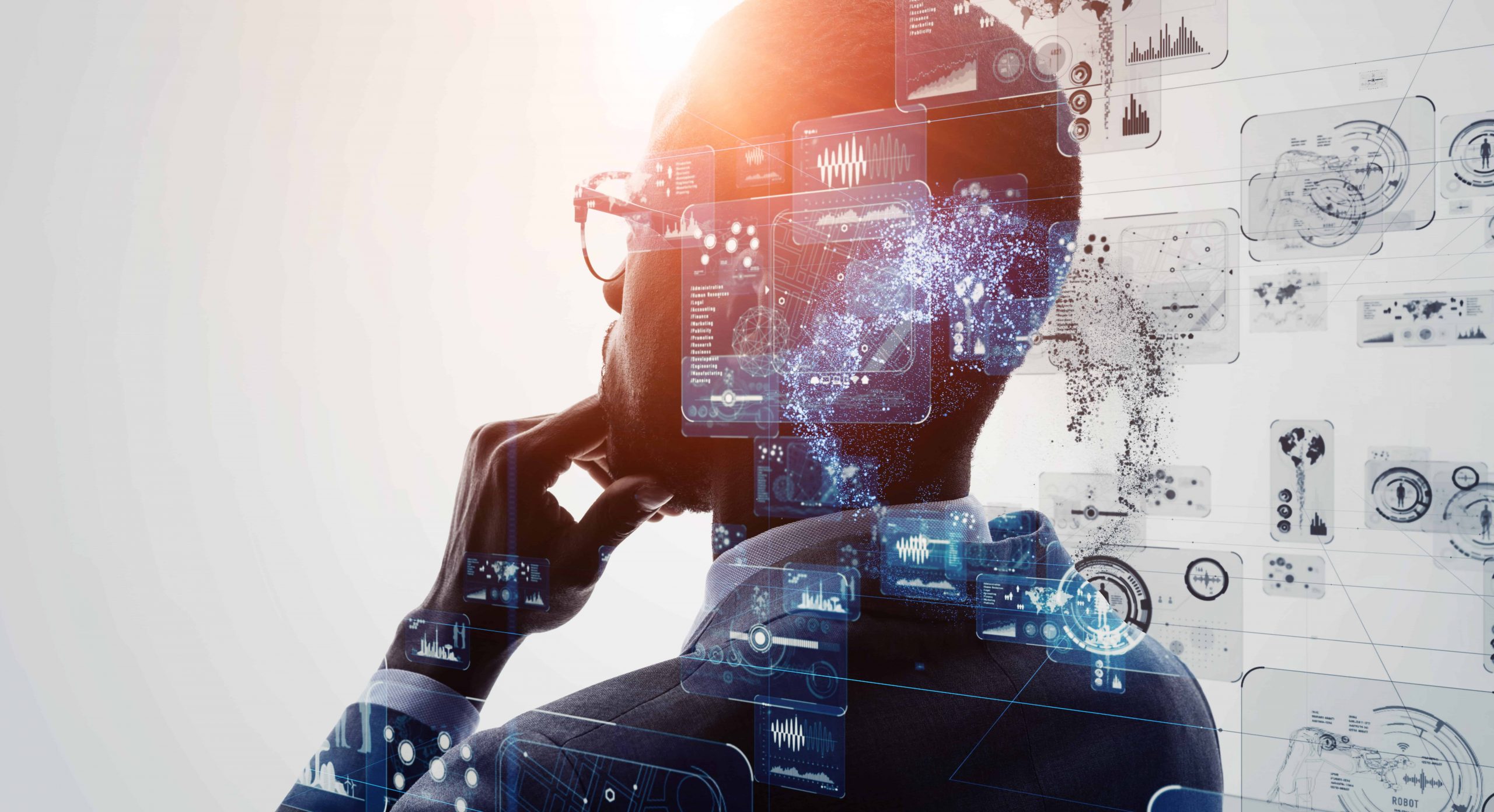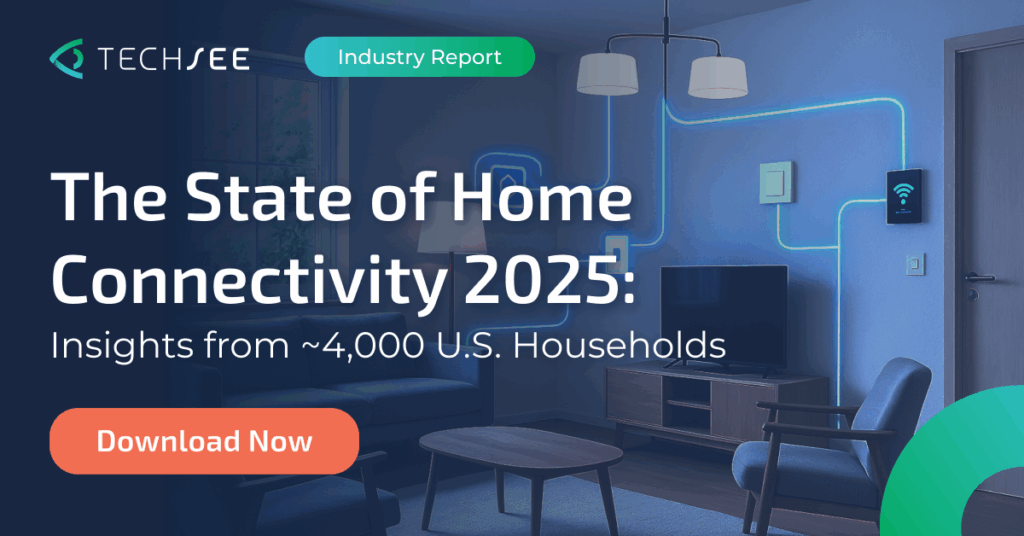Contents
It seems like everywhere you look, AI is trending. Investors are throwing more money into AI startups than at any point in history. In the first ten months of 2021, AI startups worldwide raised more than $50 billion across more than 2,000 deals — surpassing 2020 levels by 55%. There is a good reason for their optimism. 80% of US survey respondents indicated that they accelerated their AI adoption over the past two years. Other surveys show that 50% of companies plan to spend more on AI, with 20% saying they would be “significantly” increasing their budgets. Clearly, companies that generate value from AI consider the technology a worthwhile business transformation initiative.
What is Artificial Intelligence?
Artificial intelligence is a technology that mimics human activity, decision-making, and learning. Cambridge Dictionary defines it as “the study of how to produce machines that have some of the qualities that the human mind has, such as the ability to understand language, recognize pictures, solve problems, and learn.”
Practically every business process can be impacted by artificial intelligence, especially repetitive, high-volume, or mainly rule-based processes.
10 Ways AI Can Transform Your Business
There are many ways AI is helping businesses across industries gain a competitive advantage.
Enhance Customer Service
With companies increasingly competing to win customers based on their experiences, it’s no surprise that 59% of executives in the U.S. say that they’re leveraging AI to enhance customer service. Service organizations –including BPOs — across the spectrum – from HVAC and automotive parts to consumer appliances and office equipment – are using AI to optimize the customer experience (CX), lower costs, and streamline their back-office operations. For example, an office supply company can use chatbots to increase the use of self-service for ordering toner and troubleshooting printer errors, and a telecom can use AI-based visual assistance to support 3rd-party technicians in the field if they are having trouble with cabling or 5G installations.
Make Sense of Data
AI can help uncover insights from masses of unstructured data and provide meaningful insights that help drive essential business decisions. For example, AI in healthcare can predict which patients are at an increased risk for morbidities based on their medical records. In the smart home domain, AI can analyze data from smart security alarms, cameras, thermostats, smoke, and C02 detectors to predict upcoming maintenance issues.
Predict Behavior
Algorithms can analyze patterns of behavior to deliver customized messaging, personalize product offers, or even detect fraud. Many insurance companies have begun implementing smart technology as part of their strategy, including connected security, medical, and other smart devices that influence the conditions of their insurance premiums. For example, usage-based insurance (UBI) products are tailored to the behavior of individual consumers, using data from in-vehicle telecommunication systems (telematics) to determine a consumer’s driving safety score.
Target Marketing and Advertising
Customer behavior can be tracked and analyzed to automate marketing tasks and better target ads and promotions. For example, fast-food places are using self-service kiosks armed with facial recognition to identify repeat customers and deliver targeted promotions based on their favorite meals. Telecoms use AI to analyze customer trends in order to tailor their email marketing, and to send timely promotions to minimize customer churn.
Prevent Disasters
AI’s anomaly detection techniques can identify patterns that are likely to disrupt your business, such as a security risk, cashflow issue, or IT outage. In the home, insurance IoT devices monitor water levels, temperature, and other risk factors and proactively alert tenants and insurers of issues before they arise. Utilities use AI to analyze historical trends, weather patterns, and other factors to predict overloads to their grids in order to take precautionary measures before a disaster strikes.
Automate Workflow
AI algorithms analyze workflow data to determine the best use of staff time, route service requests, or suggest changes to business processes. For example, in the housing industry, customized virtual assistants can now handle 90% of chat-based conversations with tenants, answering questions and even delivering remote visual assistance for maintenance and repair without requiring a home visit.
Predict Performance
AI analysis of historical patterns and other factors can help determine goals or predict the potential success of a new product or service. For example, the fitness industry is using customized apps that have been trained on millions of data points in order to personalize every fitness-related goal based on each individual’s personal and health profile. A consumer electronics company can cross-reference past trends with current customer data to determine whether the company should invest in an updated model of a particular electronic device.
Increase Efficiency
AI-based robotic process automation (RPA) can alleviate mundane or labor-intensive tasks, significantly increasing efficiencies in business processes. In a contact center, RPA processes can collect customer contact information, check warranties, and explain return policies. In a manufacturing facility, RPA can automate many of once-manual tasks that slowed down the assembly lines. Automation alleviates the staff workload, streamlines processes and improves efficiency.
Optimize Logistics
AI-powered algorithms can be used to plan transport routes or delivery schedules, dispatch the best technician for the job, or identify required changes in infrastructure. For example, AI can optimize food delivery schedules by analyzing cooking time, restaurant traffic, staff availability, and route speed. It can also help with inventory management by learning from past data – such as the sales fluctuations due to weather, local events, and competitor promotions – to predict inventory requirements and avoid shortages.
Boost Staffing
Using AI technologies can save time and resources in the hiring process. AI tools such as NLP, voice recognition, and computer vision technologies can be used to analyze candidates’ performance. For example, AI analysis can help non-profits choose staff that feels strongly about their cause, or help an architectural firm choose a candidate that has a flair for creative design.
Getting The Greatest Value From AI In Business
Harnessing the power of AI is a smart move for many businesses, across a wide range of industries. To derive the greatest value from the technology, leadership buy-in is necessary to ensure the technology is adopted and ties tightly with the core of the business’s strategies. Companies must tap into the right data sources, select the most suitable processes, and develop comprehensive feedback loops to help optimize the AI learning process.







